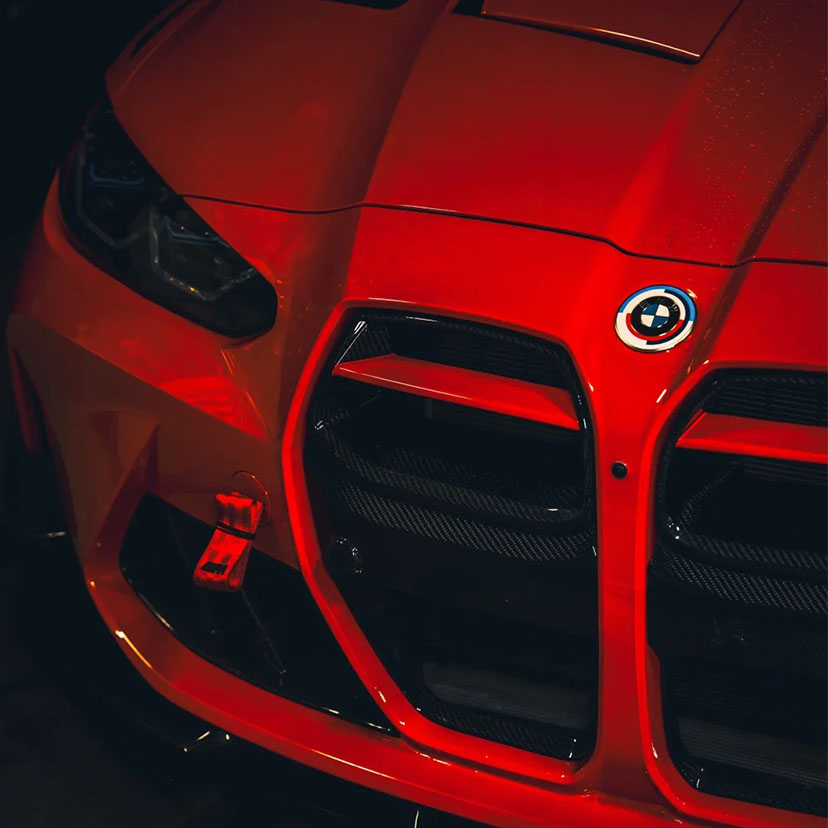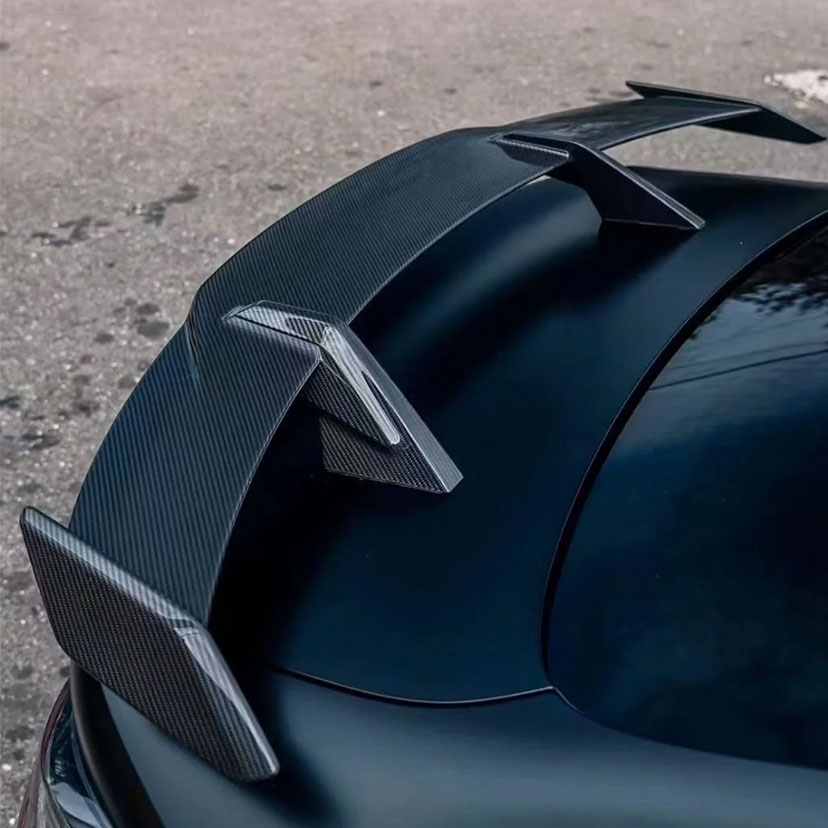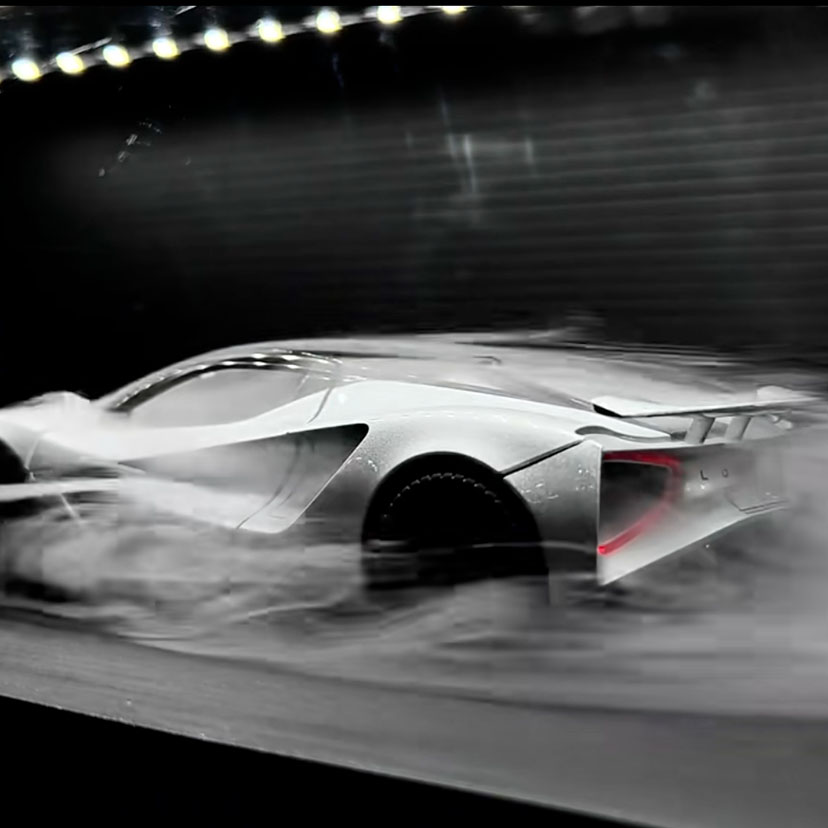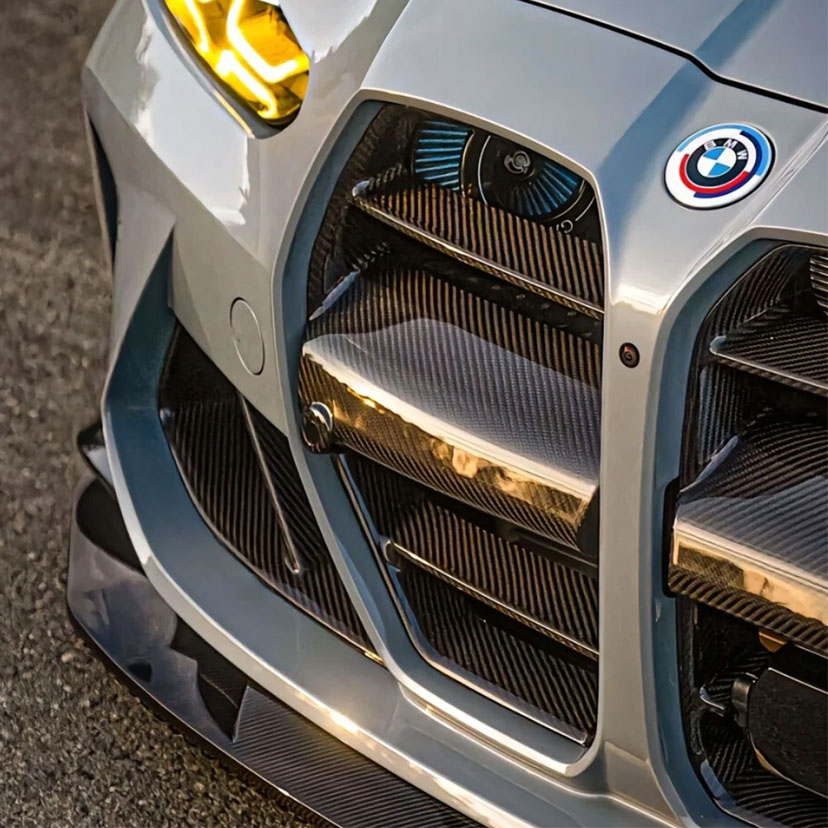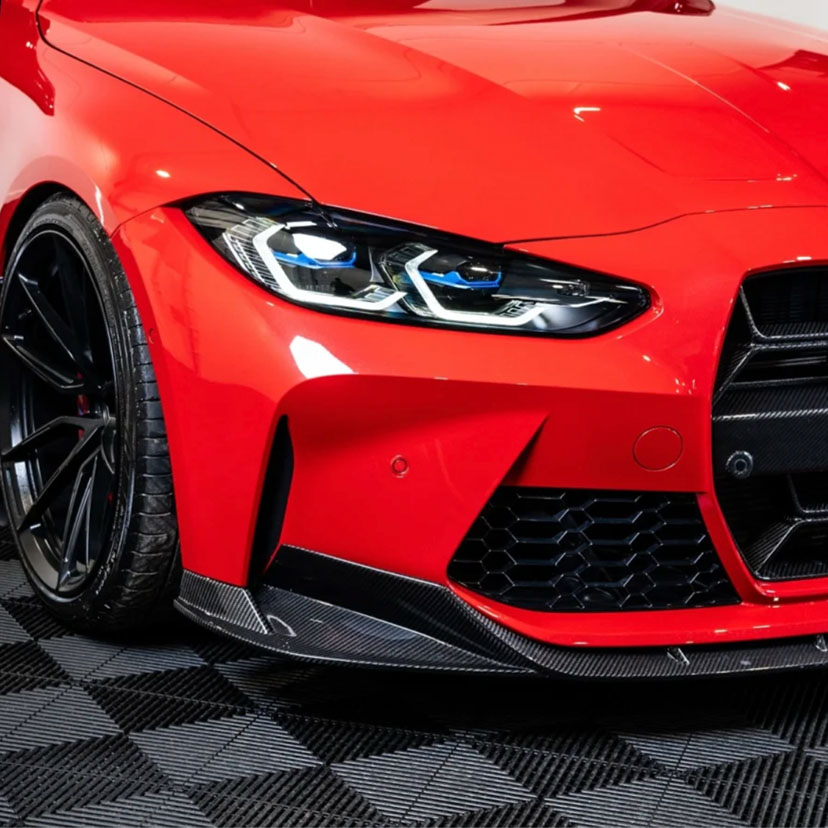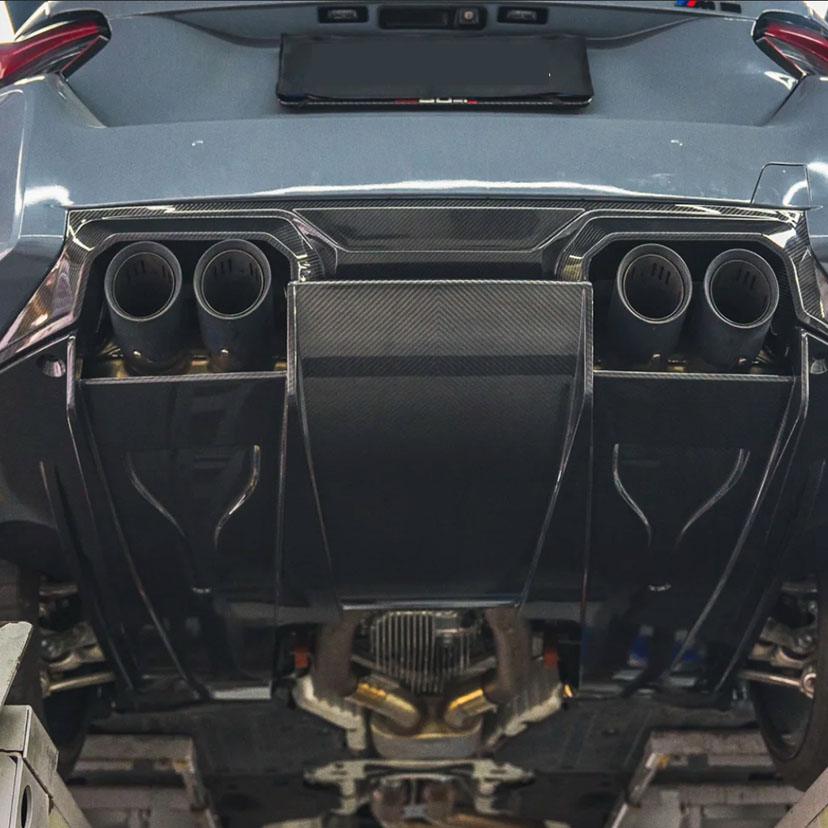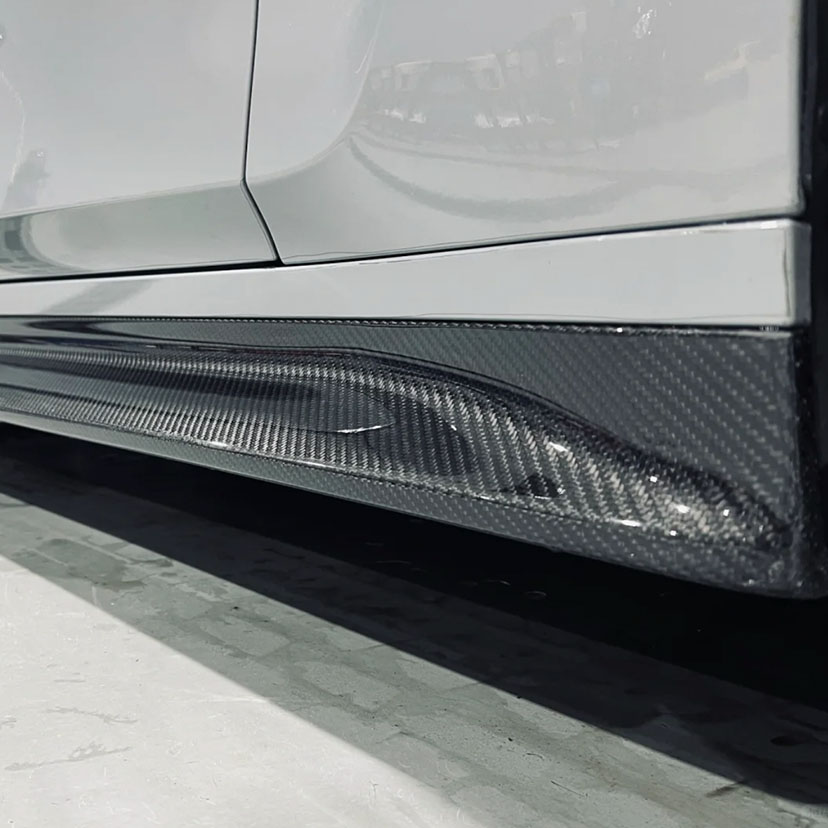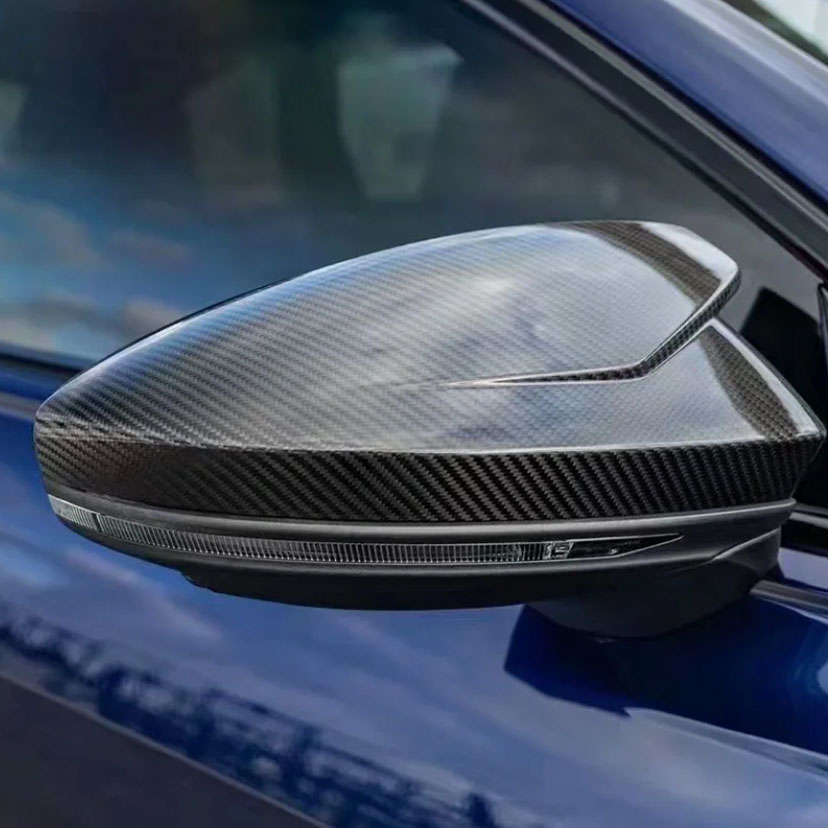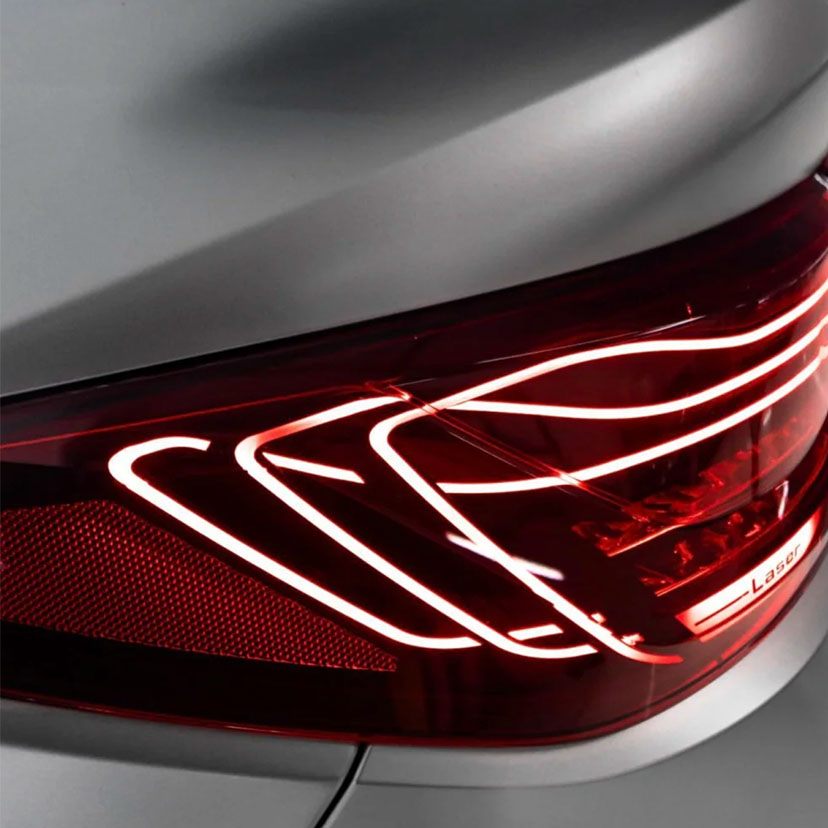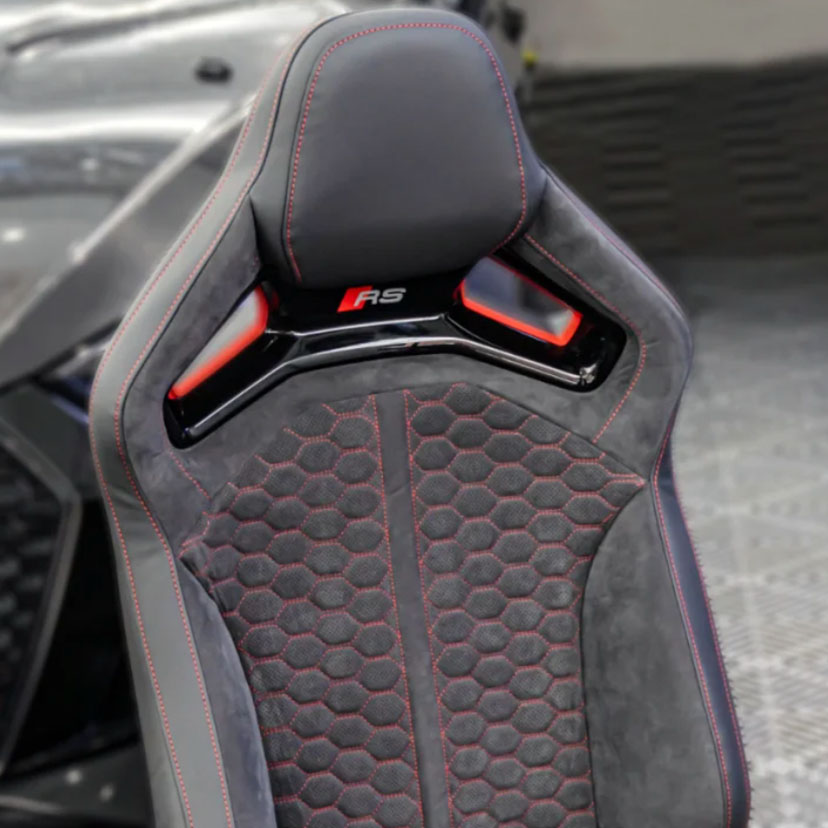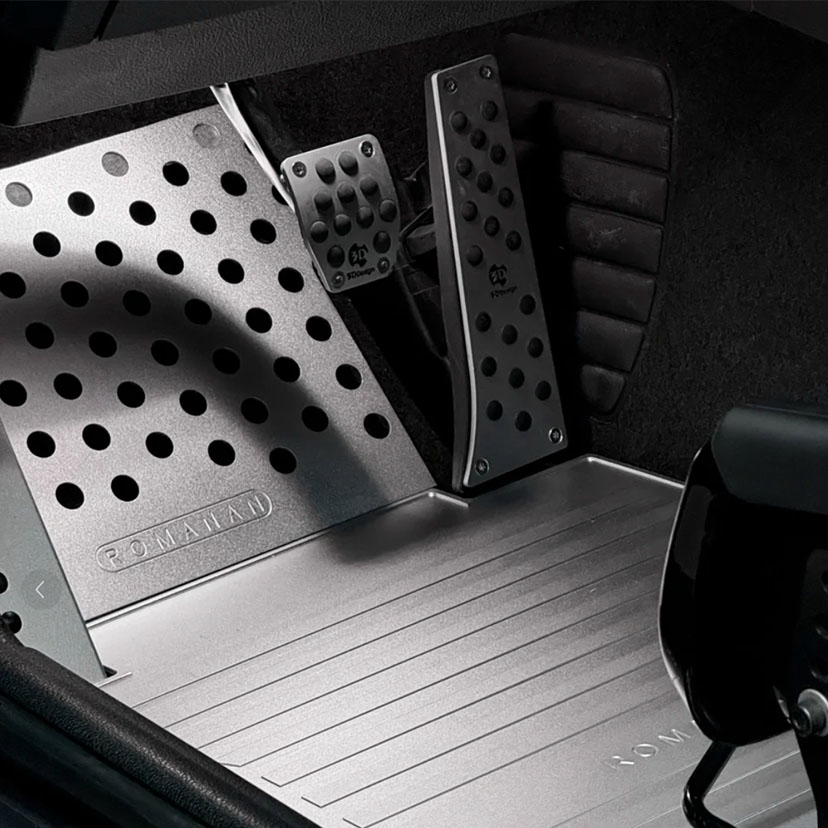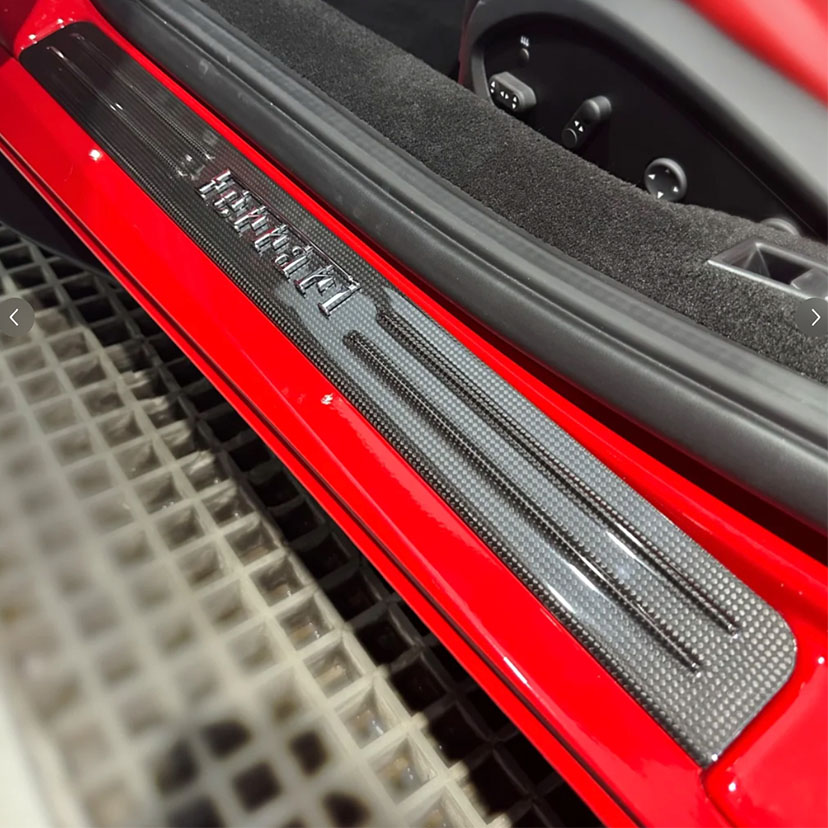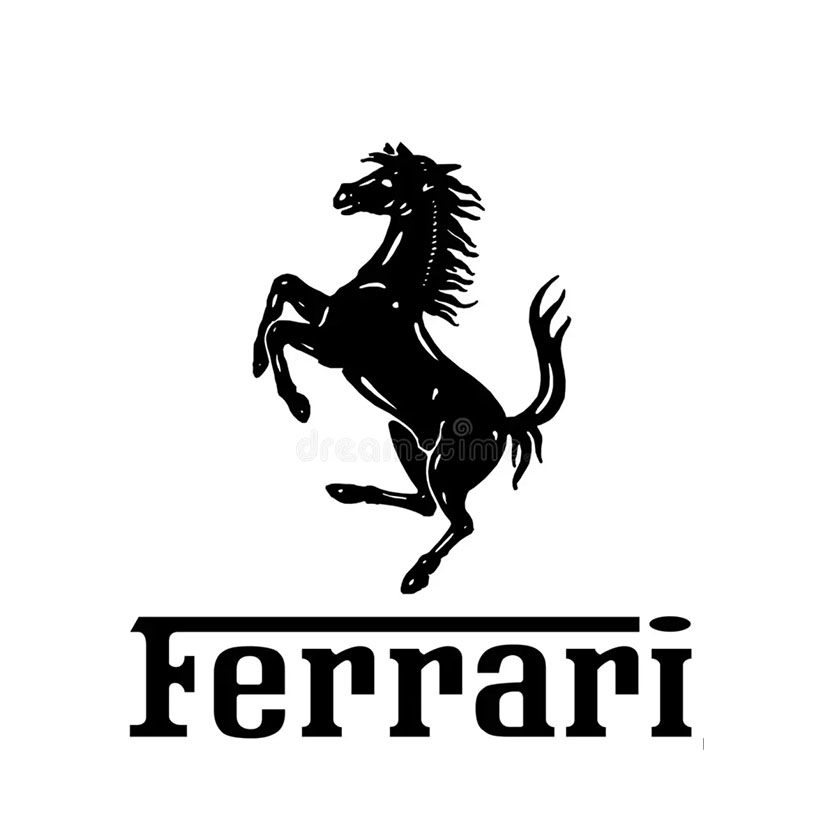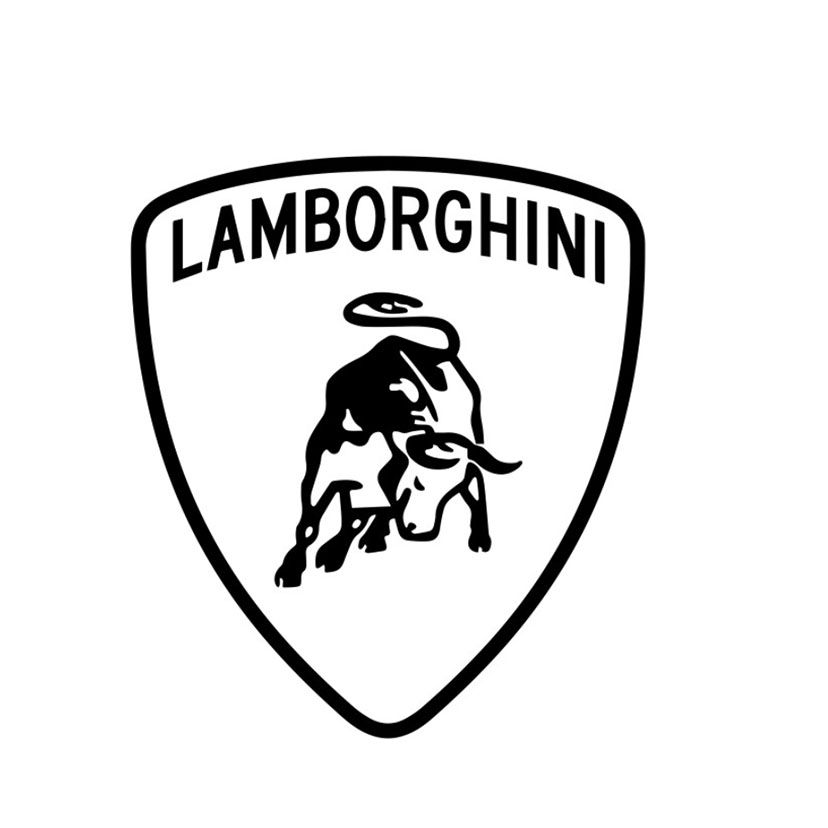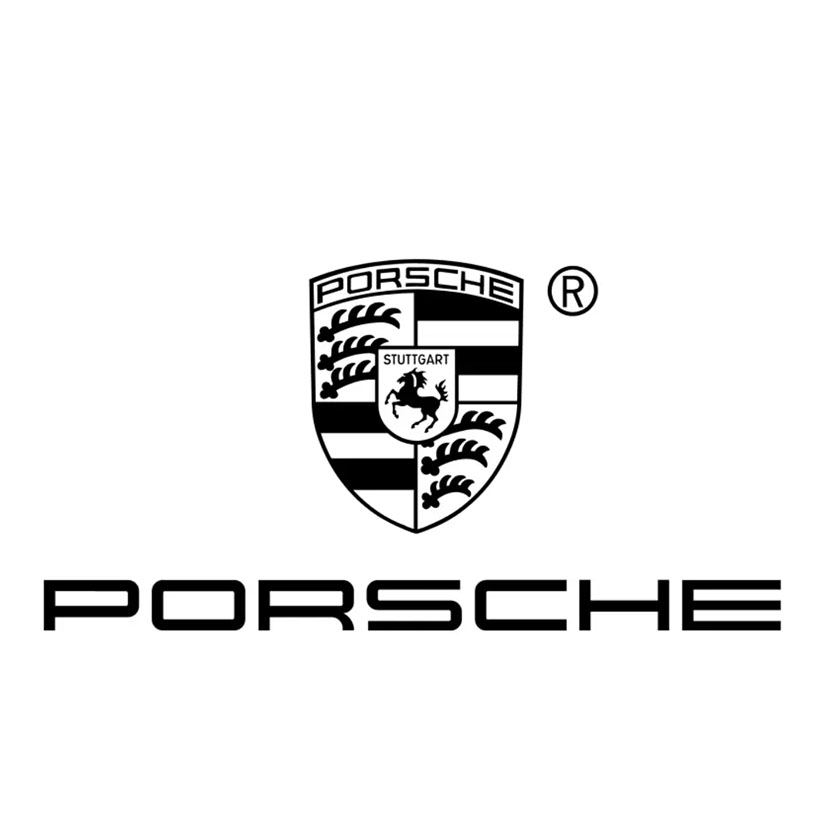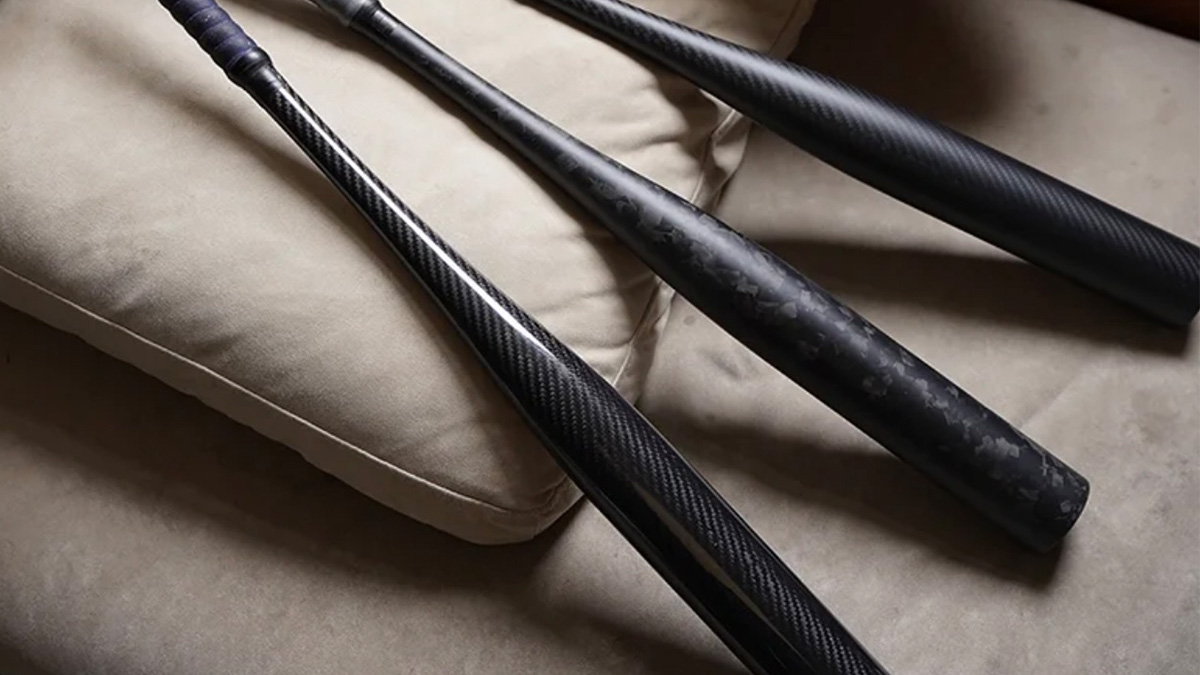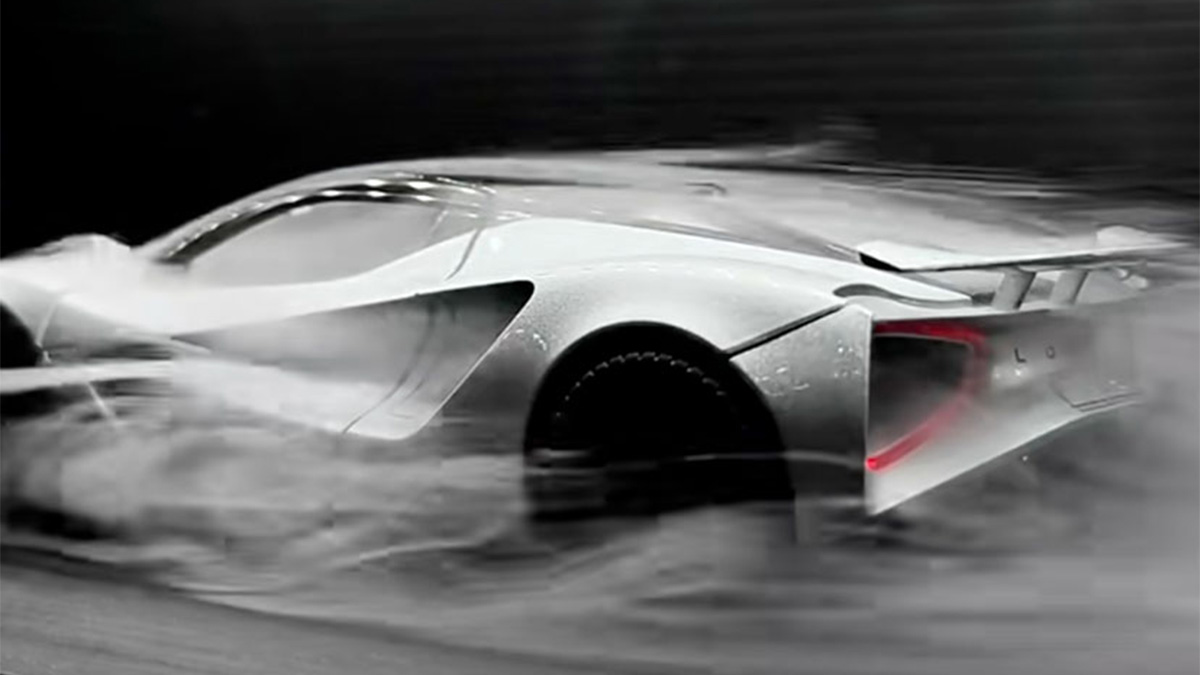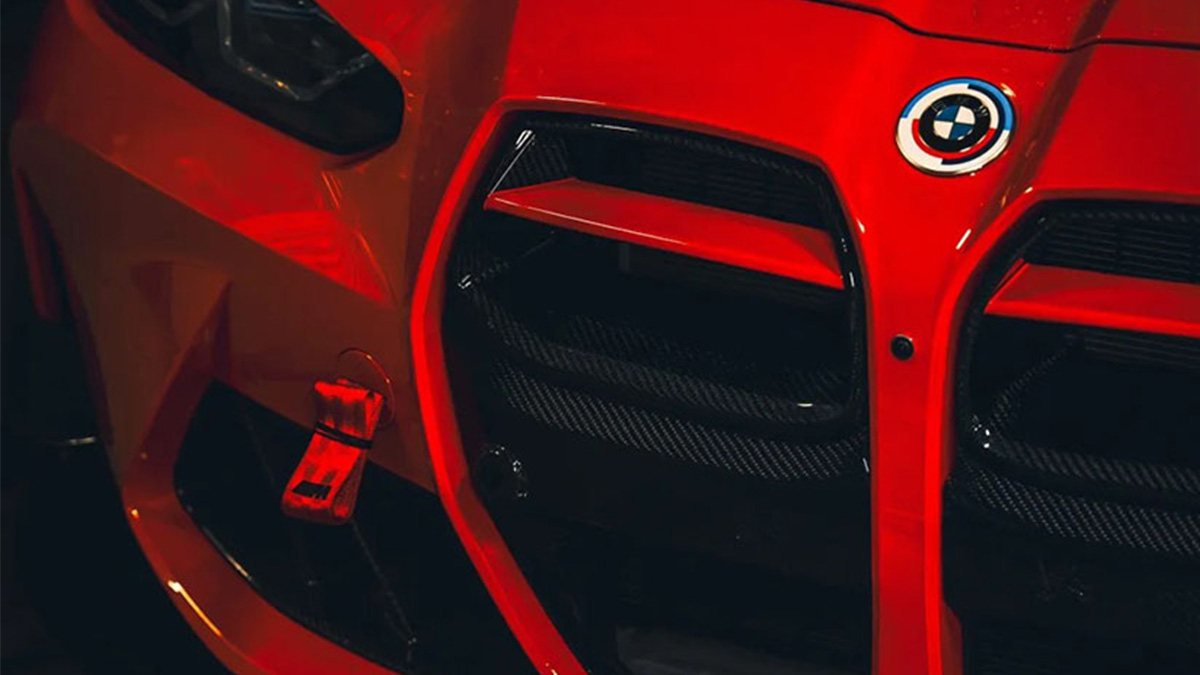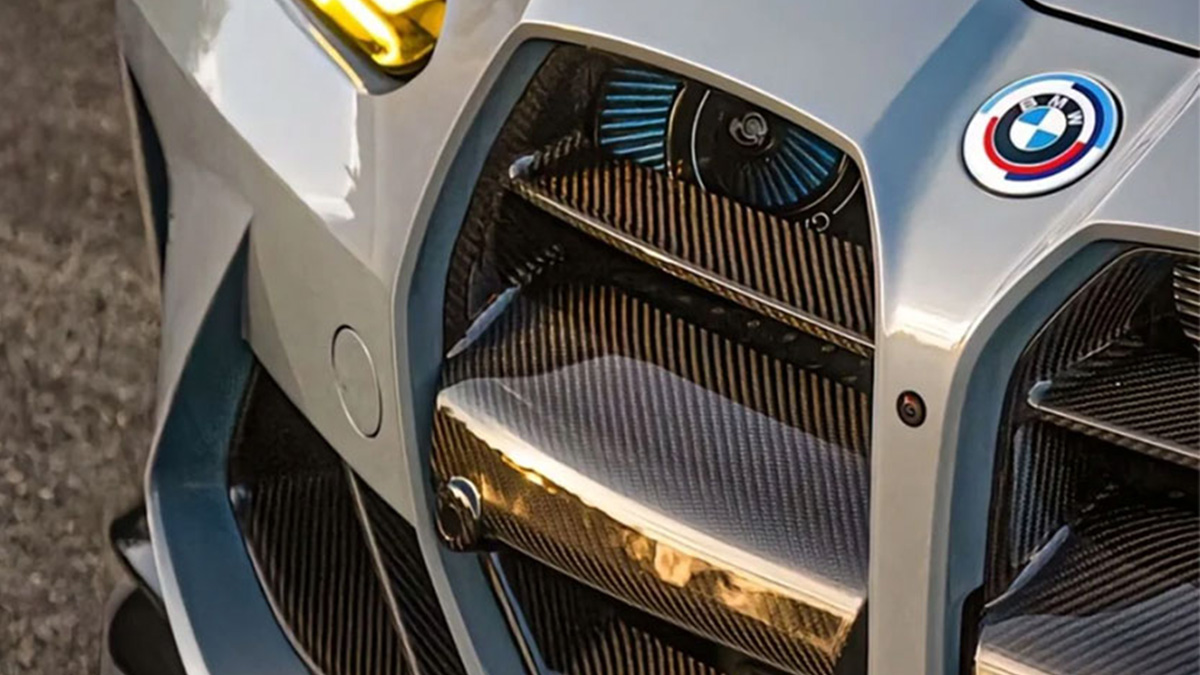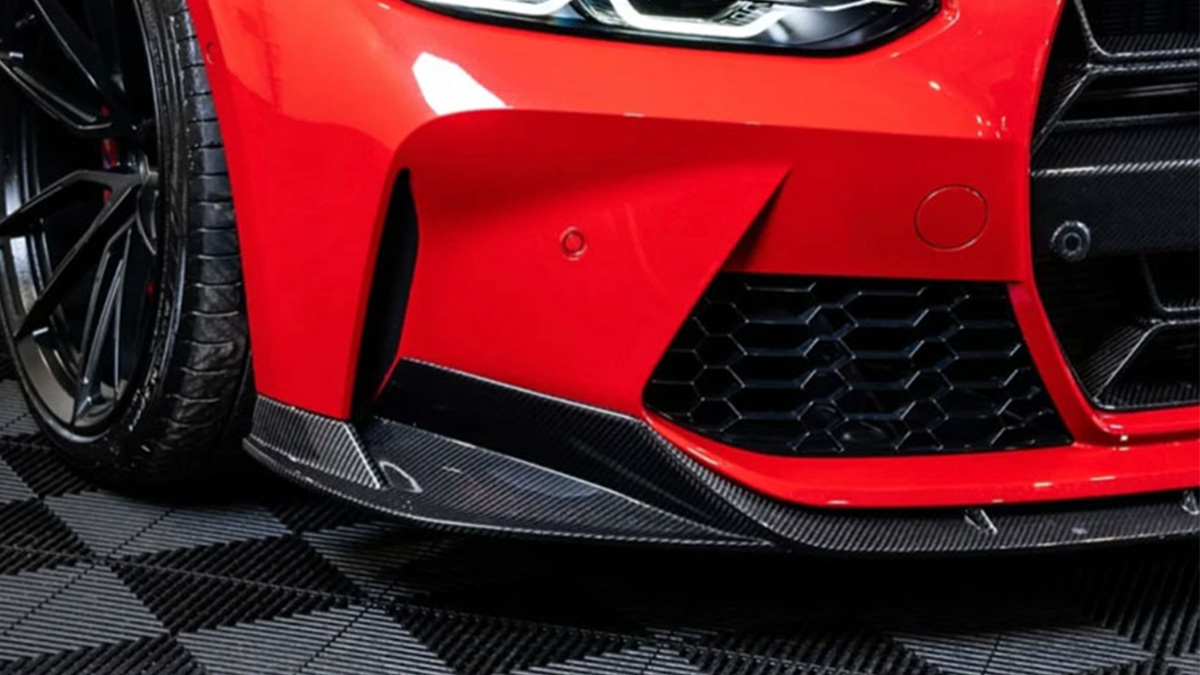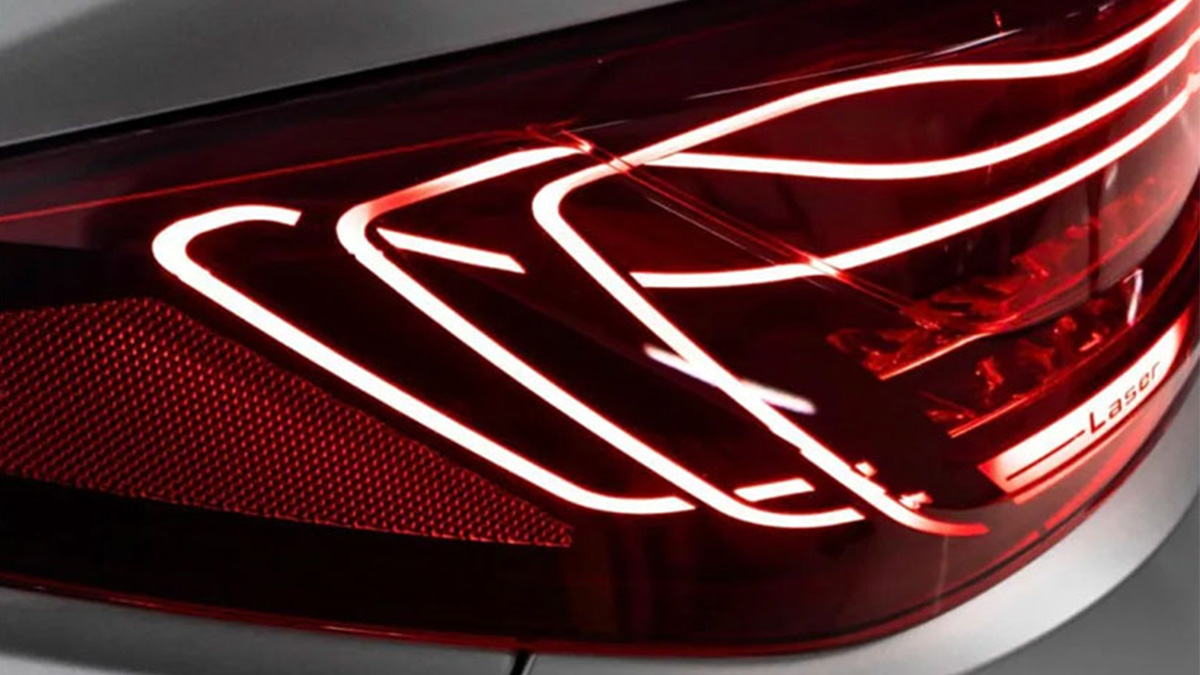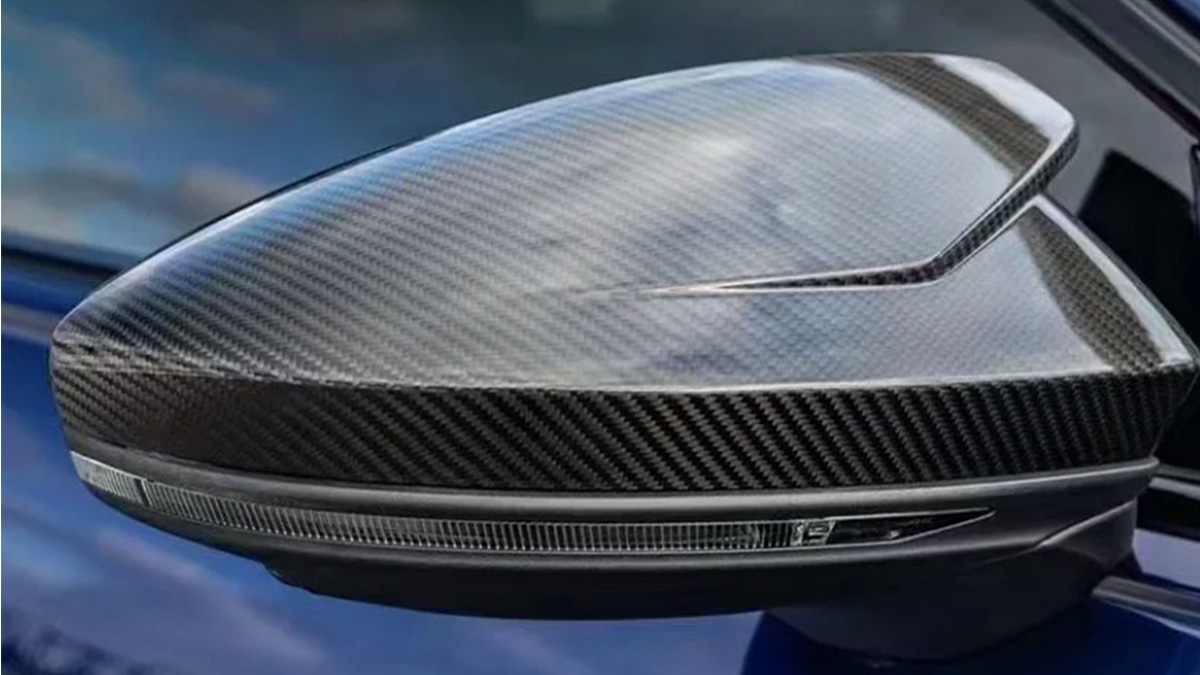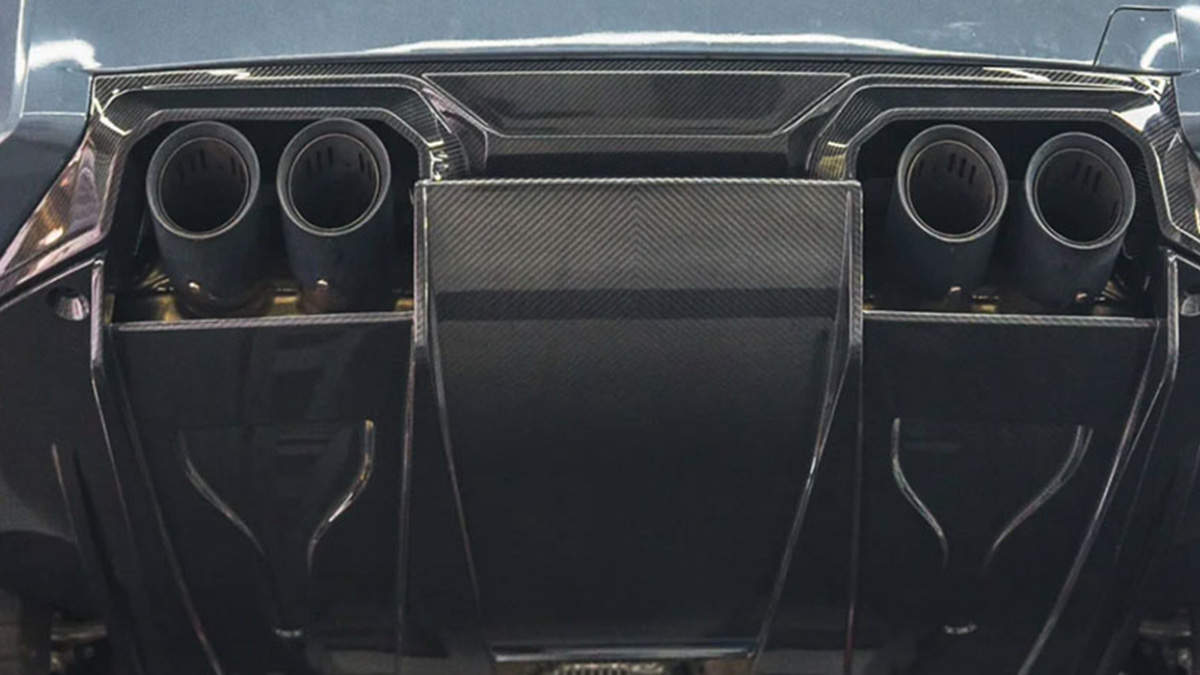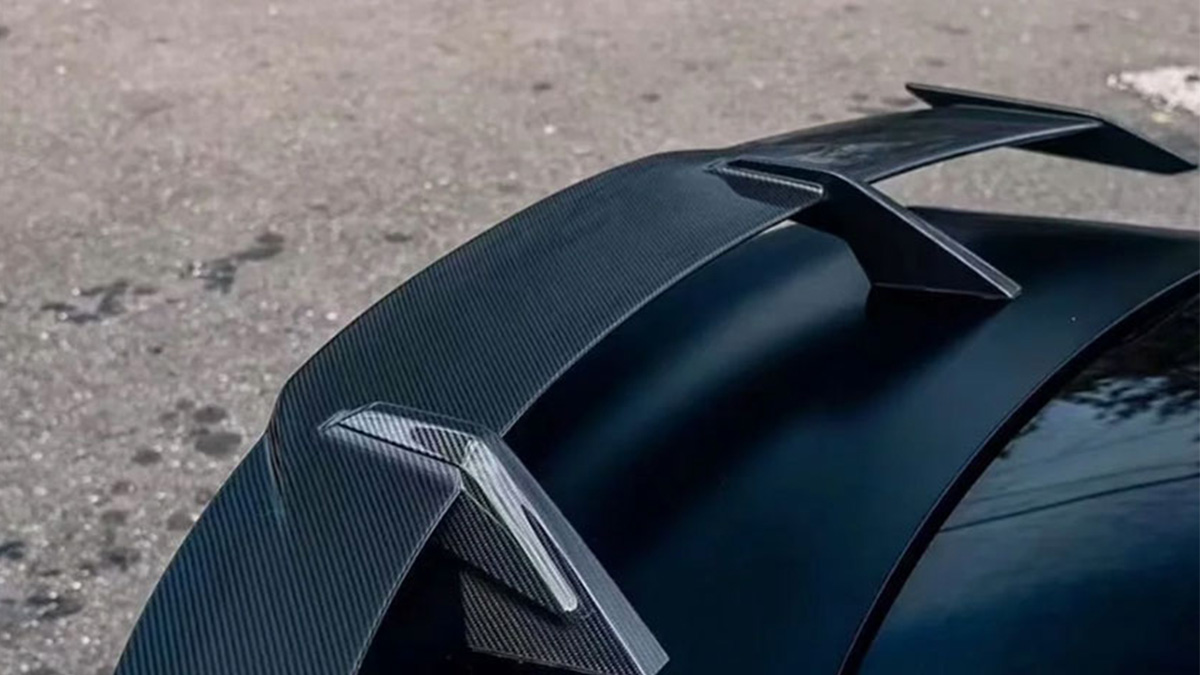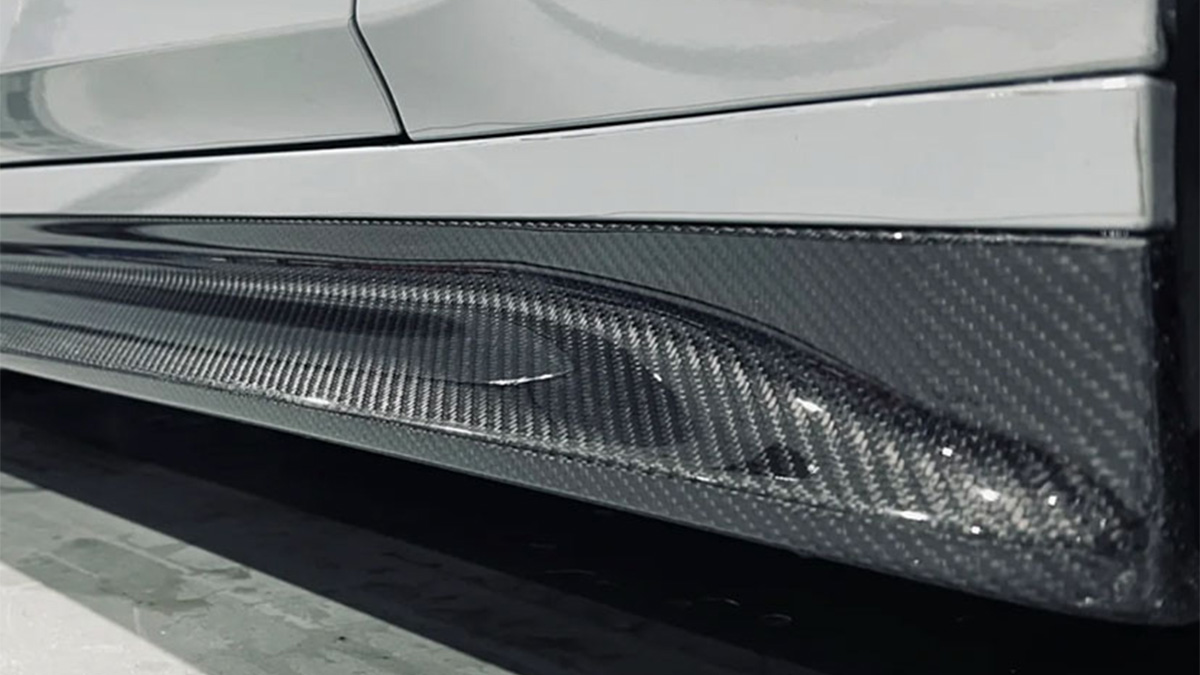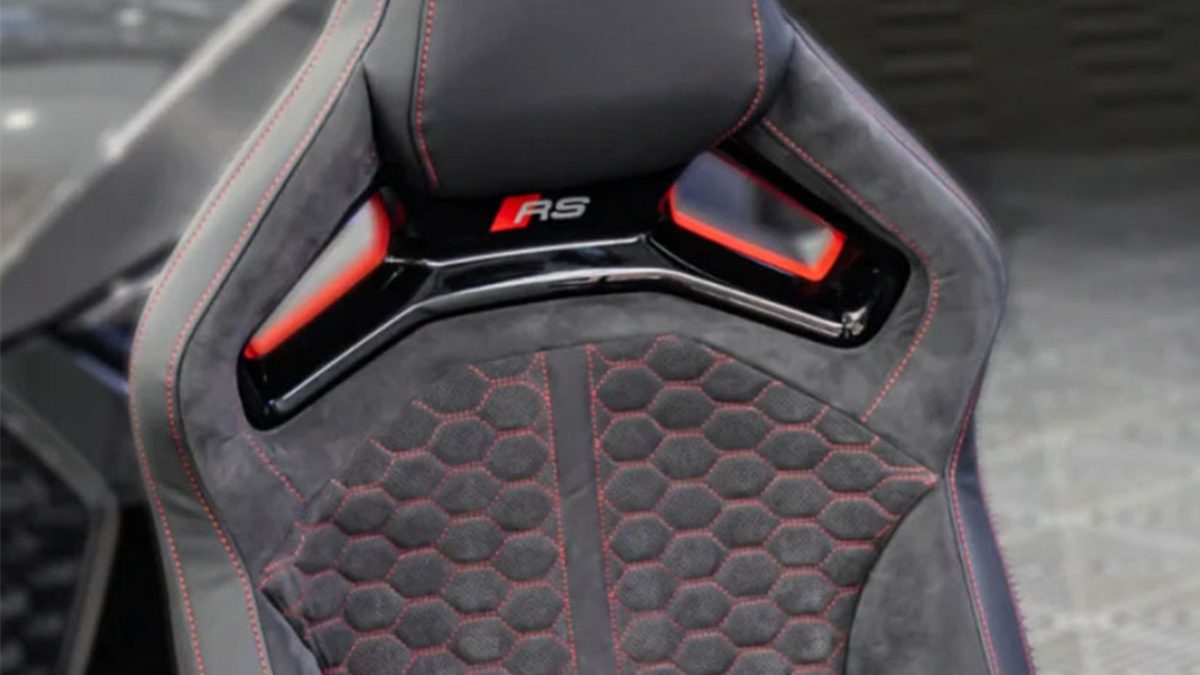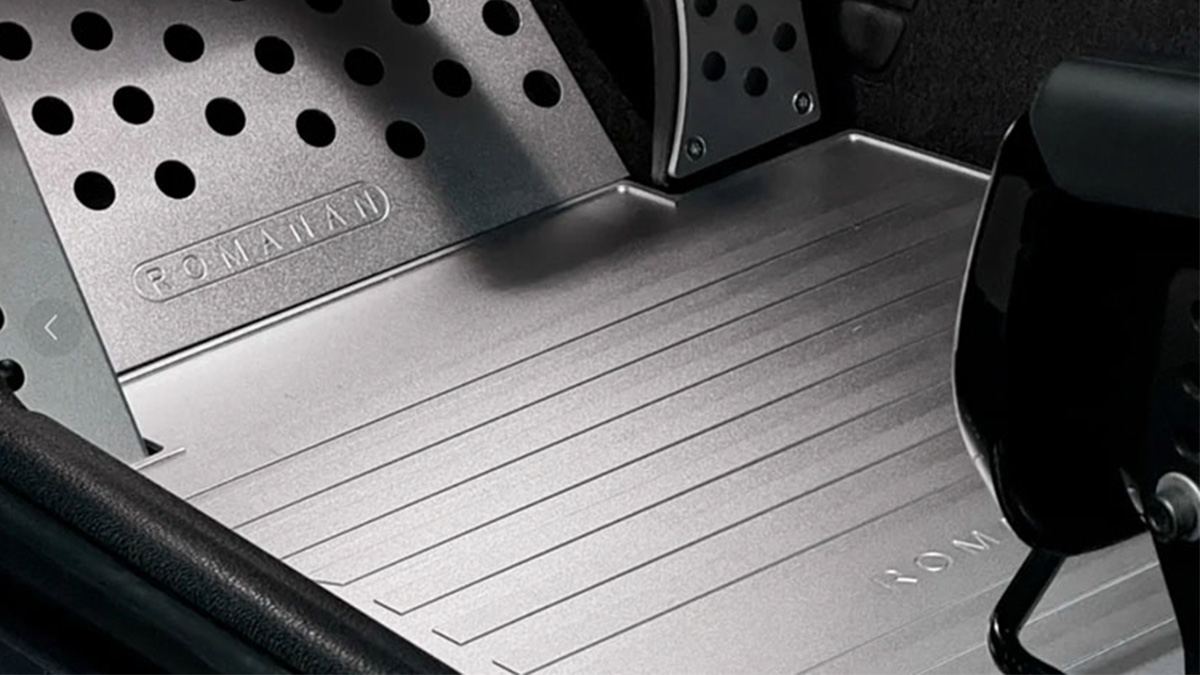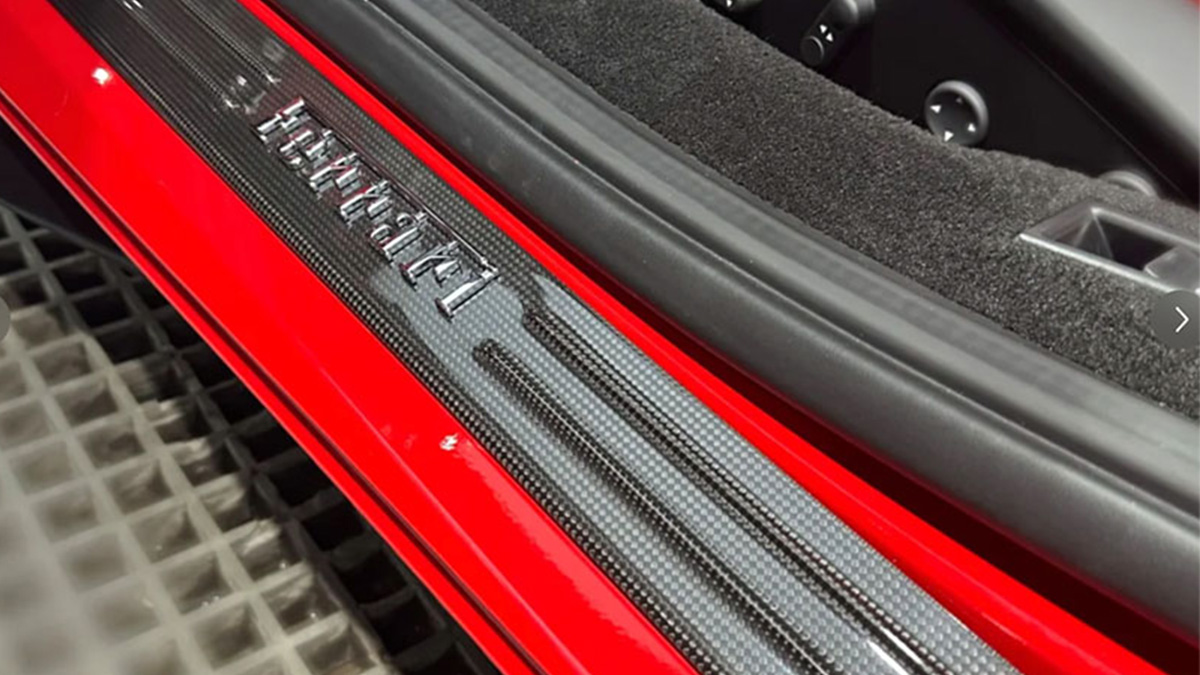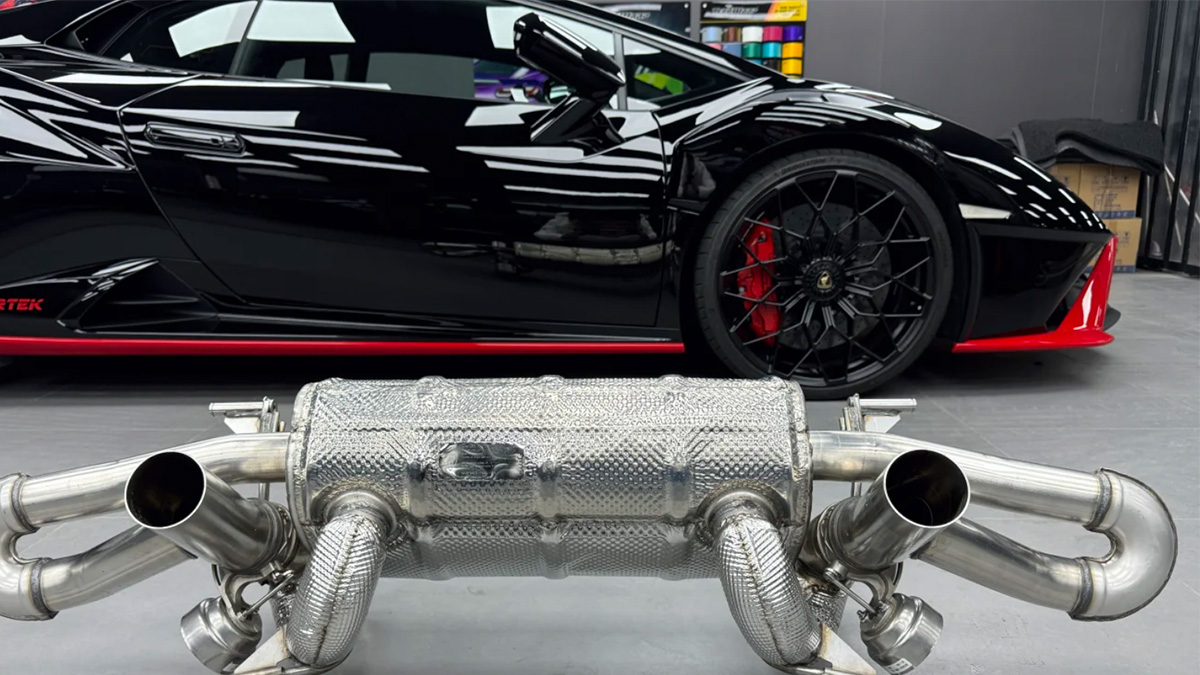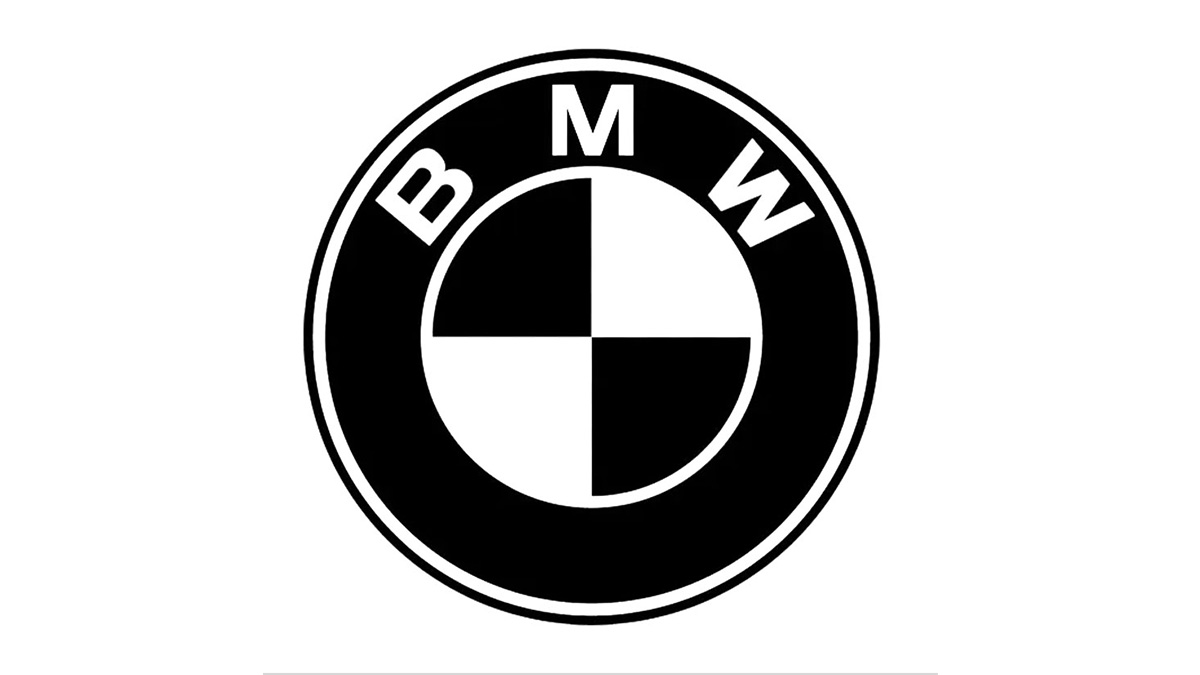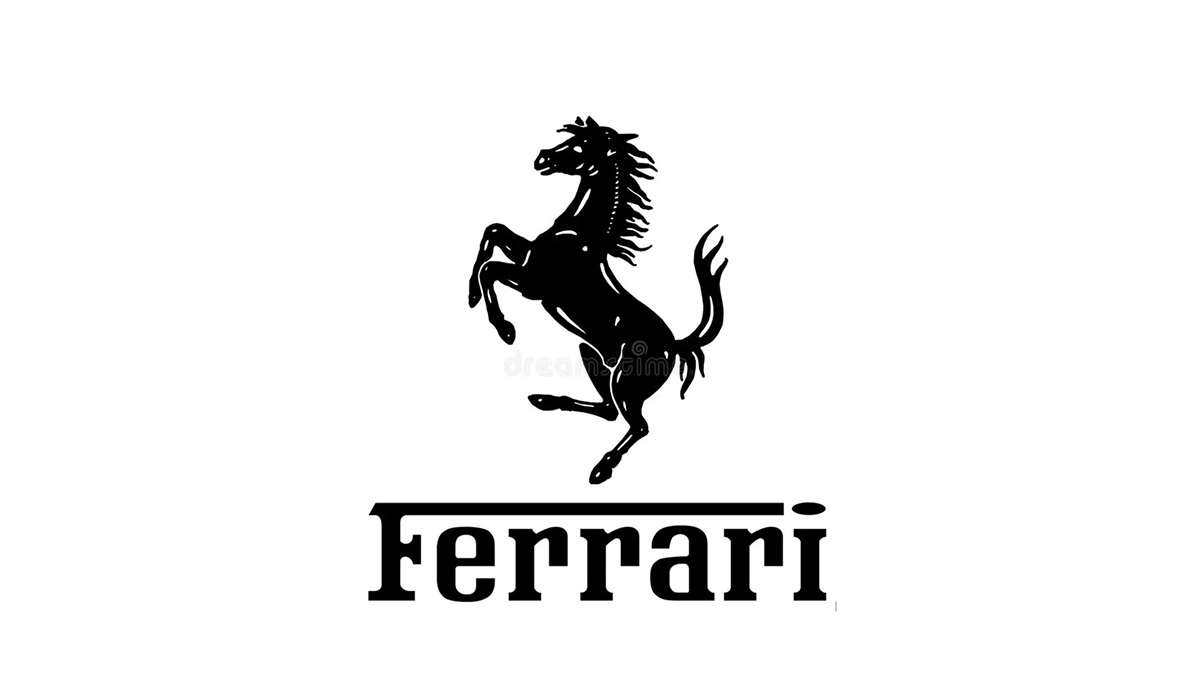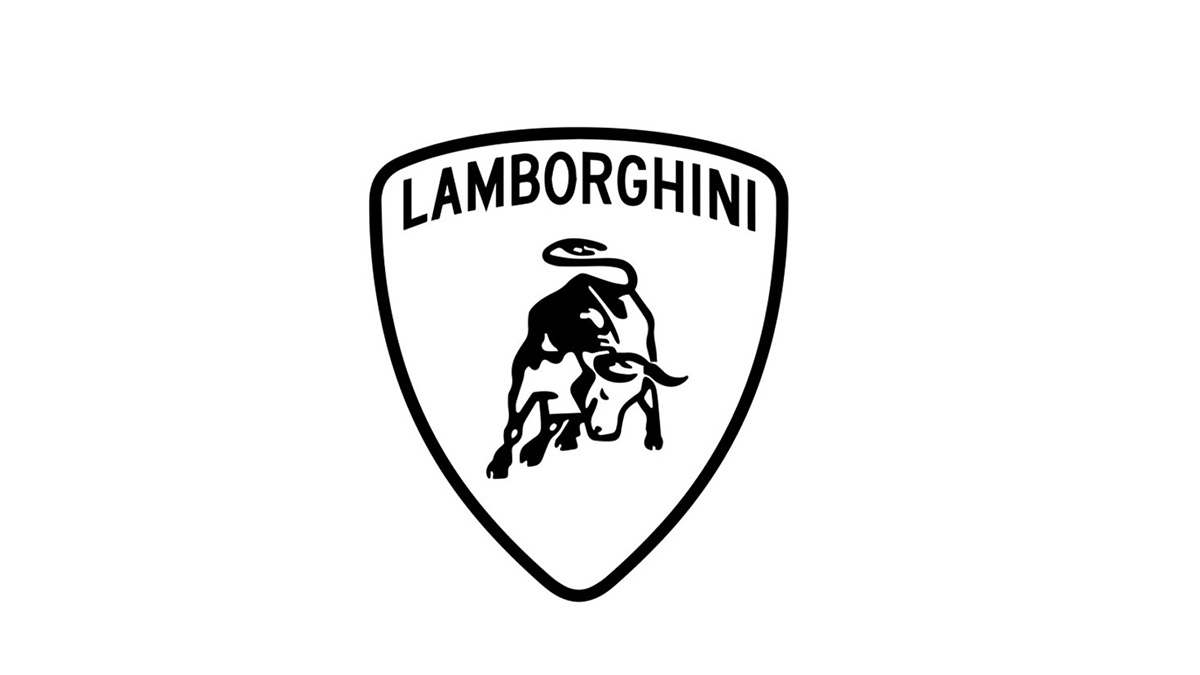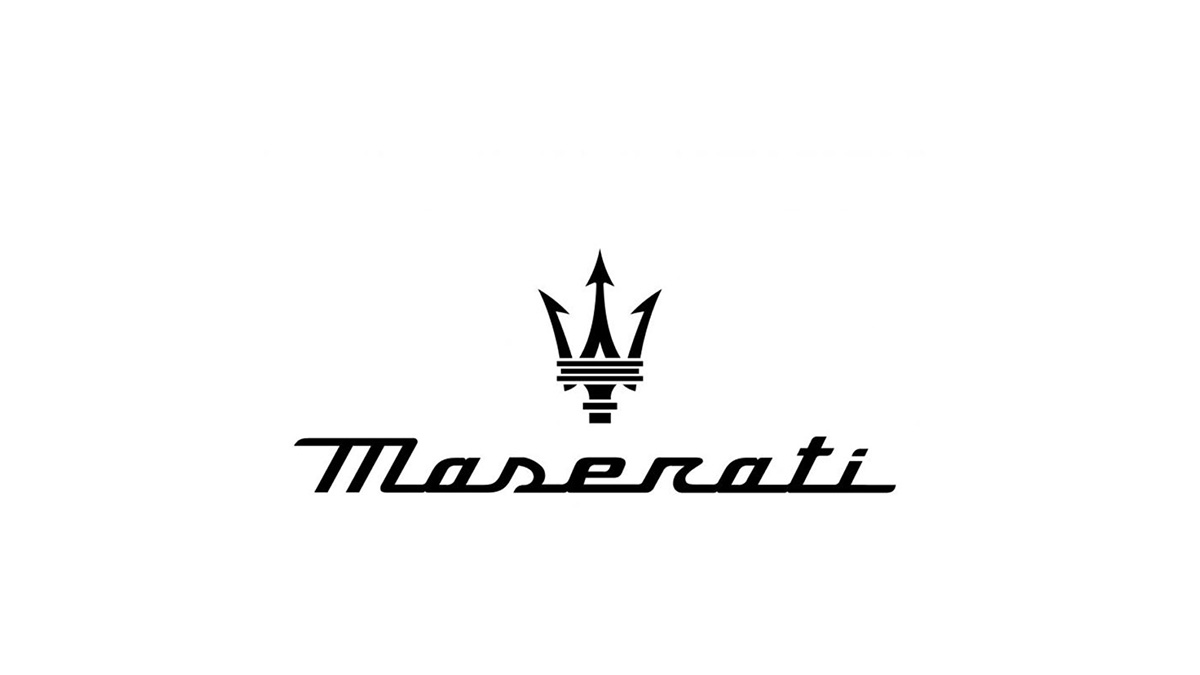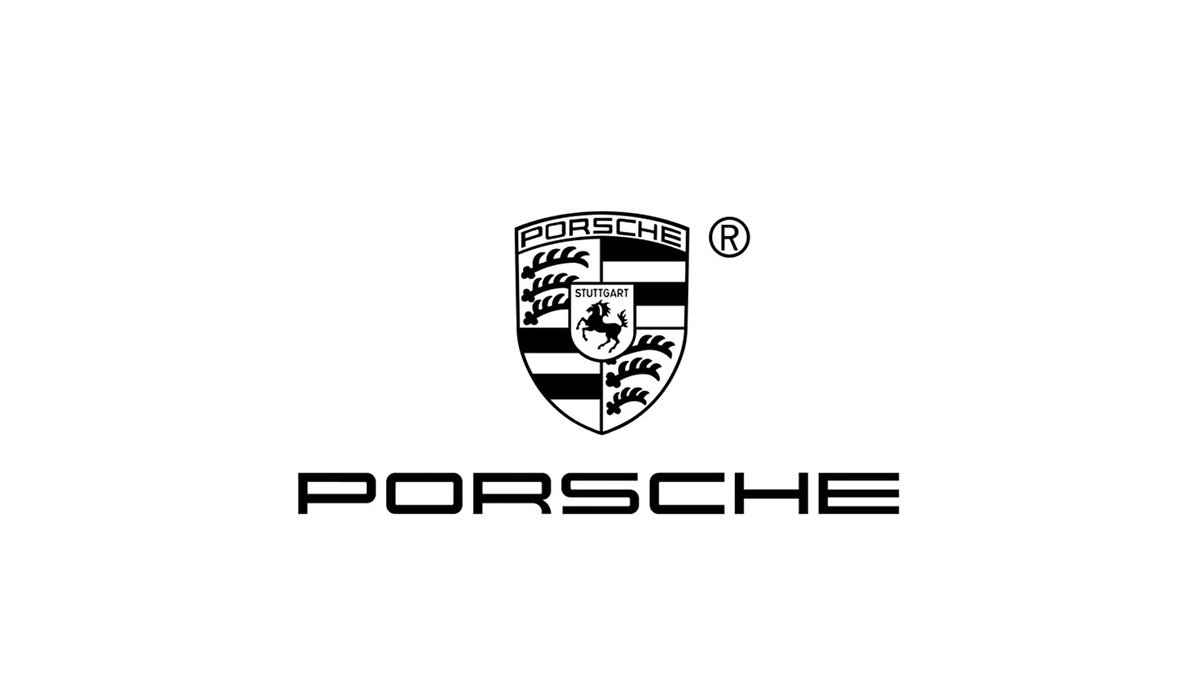宝马 M2 多年来如何重新定义高性能汽车

The BMW M2 has redefined what you expect from compact performance cars. Its engineering innovations deliver unmatched precision and power. Features like M Servotronic steering and Adaptive M Suspension ensure you experience sharp handling and superior traction. The M TwinPower Turbo engine provides thrilling acceleration, while the Active M Differential enhances control during spirited driving. Rear-wheel drive and advanced chassis technology, borrowed from the M3 and M4, make the M2 a true driver’s car.
BMW M2 earned AUTOMOBILE Magazine’s 2017 All-Stars Award for its agility and precise steering, cementing its place as a performance icon.
主要收获
The BMW M2 changed small performance cars with its strong engine and sharp handling, making it loved by car fans.
The M2’s story comes from BMW’s M series, known for great ideas and speed since the 1970s.
The M2 Competition and M2 CS models brought big improvements, showing BMW’s focus on better driving fun.
The M2 helped make small performance cars popular, proving they can be fun and useful at the same time.
Future M2 models will have more power and new tech, keeping it a leader in fast cars.
The Origins of the BMW M Series
The Birth of BMW’s M Division
The story of BMW M begins in the early 1970s, a time when motorsports were gaining global attention. BMW recognized the potential of high-performance vehicles and established the BMW Motorsport division in 1972. This marked the official birth of the M brand. The division focused on creating cars that could dominate the racetrack while offering unmatched driving pleasure on the road. The rebranding of BMW Motorsport GmbH symbolized BMW’s commitment to racing excellence and innovation. This historical background laid the foundation for what would become one of the most iconic performance car lineups in automotive history.
The Legacy of the M Series
The legacy of BMW M cars is filled with groundbreaking achievements. Each model introduced new benchmarks in performance, design, and engineering. Here are some key milestones in the history of BMW M:
模型 | 年份 | 主要功能 |
|---|---|---|
3.0 CSL | 1973 | First BMW M car, lightweight construction, 206 hp, iconic design with large wings and spoilers. |
BMW M1 | 1978 | Iconic design by Giorgio Giugiaro, 3.5L engine, competed in Procar series, limited production. |
BMW M3 (E30) | 1986 | 195 hp, epitome of ‘Joy of driving’, legendary status in touring car racing. |
BMW M5 Touring | 2007 | 10-cylinder engine, 507 hp, unique luxury shooting brake. |
宝马 X6 M | 2009 | Combined SUV and sports car features, 555 hp, innovative bi-turbo technology. |
BMW M2 CS | 2019 | 450 hp, focused on driving pleasure, lightweight with carbon components. |
These models showcase the evolution of BMW M cars, each contributing to the brand’s reputation for precision and performance.
How the M Series Set the Stage for the BMW M2
The M series paved the way for the BMW M2 by creating a legacy of compact, high-performance vehicles. The F87 M2 was designed as a spiritual successor to the 1M and the 2002 Turbo. The 1M, limited to just 450 examples, created a demand for smaller M cars. The launch of the 2 Series in 2014 reignited excitement among enthusiasts, setting the stage for the M2’s debut in 2016. The M2 not only carried forward the legacy of its predecessors but also brought a new level of performance and accessibility to the M lineup.
The M2’s mission was to honor the history of BMW M while appealing to a new generation of drivers. Its compact size, powerful engine, and precise handling made it an instant favorite among enthusiasts.
The Launch of the Original BMW M2

The Introduction of the F87 BMW M2
The F87 BMW M2 marked a significant moment in BMW’s history when it debuted in 2016. You could see how it filled the gap left by the limited-production 1M, which had created a strong demand for smaller, high-performance M cars. The introduction of the 2 Series in 2014 set the stage for this launch, reigniting excitement among enthusiasts. The F87 M2 became a direct response to these trends, offering a compact yet thrilling driving experience. It also paid homage to BMW’s performance heritage, drawing inspiration from iconic models like the E30 M3 and the 2002 Turbo. This connection to the past made the M2 a modern classic right from the start.
Key Features of the BMW M2 Coupe
The BMW M2 Coupe stood out with its impressive engineering and design. At its heart, you found a powerful inline-six engine, a 3.0-liter in-line N55 unit producing 365bhp. This engine delivered exhilarating performance, paired with either a 6-speed manual or a 7-speed automatic transmission. Rear-wheel drive and M-specific suspension tuning ensured precise handling, making every drive engaging. The F87 M2 borrowed key components from the M3 and M4, including the front and rear axles, enhancing its performance capabilities. Its aggressive exterior design, with wide fenders and bold lines, emphasized its sporty character. These features made the BMW M2 Coupe a true driver’s car.
Market Reception and Enthusiast Response
The BMW M2 Coupe received widespread acclaim upon its release. Enthusiasts referred to it as the “OG,” highlighting its status as a standout in the M lineup. The motoring press, including Jeremy Clarkson, praised it as one of the best M cars ever made. You could feel the excitement from owners who appreciated its rawness and engaging drive, especially with the manual transmission. The market welcomed the M2 as a compact performance car that delivered on its promises. Its success demonstrated BMW’s ability to create a car that appealed to both purists and modern drivers alike.
The Evolution of the BMW M2

The M2 Competition
Performance Upgrades and Engine Enhancements
The M2 Competition marked a significant step in the evolution of the M2. It introduced a host of upgrades that elevated its high performance to new heights. At its core, the M2 Competition featured the S55 engine, a twin-turbocharged 3.0-liter inline-six borrowed from the M3 and M4. This engine delivered 405 horsepower and 406 lb-ft of torque, enabling exhilarating acceleration. You could achieve a 0–60 mph time of just 4.0 seconds with the manual transmission or 3.9 seconds with the dual-clutch automatic.
BMW also equipped the M2 Competition with a redesigned cooling system, ensuring optimal performance during spirited driving. The car included a carbon-fiber reinforced plastic strut bar, which reduced weight and improved chassis stiffness. Larger brake discs, measuring 400 mm at the front and 380 mm at the rear, enhanced stopping power. These upgrades made the M2 Competition a thrilling driving experience for enthusiasts.
Design and Aerodynamic Improvements
The M2 Competition showcased subtle yet impactful design changes. Enlarged kidney grilles improved airflow to the engine, while optional larger brake discs added to its aggressive stance. The revised suspension system provided better handling on uneven roads, ensuring an engaging driving experience. These enhancements not only improved performance but also reinforced the M2 Competition’s reputation as a high-performance machine.
The M2 CS
Track-Focused Features and Limited Production
The M2 CS took the evolution of the M2 to a track-focused level. Limited production numbers made it an exclusive offering for enthusiasts. It featured M Adaptive suspension with adjustable settings, allowing you to tailor the car’s dynamics for track performance. Optional M carbon-ceramic brakes reduced weight and improved braking efficiency. Carbon fiber components, including the roof, hood, and splitter, further reduced weight while enhancing aerodynamics.
Lightweight Materials and Performance Gains
The extensive use of lightweight materials defined the M2 CS. Carbon fiber elements, such as the bonnet, front splitter, and roof, contributed to weight savings and improved handling. The revised chassis complemented the increased power, ensuring precise control during high-speed maneuvers. Exclusive interior trims and premium materials added a touch of luxury to this high-performance model.
The G87 BMW M2 Coupe
New Design Language and Technological Advancements
The G87 BMW M2 Coupe represented the latest chapter in the evolution of the M2. Its bold new design language featured sharper lines and a more aggressive stance. Advanced technology, including a digital cockpit and updated infotainment system, enhanced the driving experience. These updates ensured the G87 M2 remained at the forefront of innovation.
Enhanced Powertrain and Driving Dynamics
The G87 M2 Coupe introduced an upgraded powertrain, delivering improved performance and driving dynamics. Enhanced suspension tuning and a refined chassis provided better handling and stability. These advancements ensured the G87 M2 continued to set benchmarks in the compact performance car segment.
The BMW M2’s Impact on the Performance Car Market
The M2’s Role in Popularizing Compact Performance Cars
The BMW M2 played a pivotal role in reviving interest in compact high-performance sports cars. When BMW introduced the M2 in 2016, it filled the void left by the limited-production 1M, which had only 450 units. This scarcity created a strong demand for a more accessible and widely available compact M car. The M2’s arrival reignited enthusiasm among car enthusiasts, offering a thrilling driving experience in a smaller, more affordable package. Its success established a solid foundation for future models in the segment, proving that compact performance cars could deliver both excitement and practicality.
How the BMW M2 Stands Out Among Competitors
You’ll find that the BMW M2 distinguishes itself from rivals with its unique features and design. Key highlights include:
An inline 6-cylinder engine, a rarity in this segment, delivering smooth power and exceptional performance.
A 108.1-inch wheelbase, which enhances agility while providing ample legroom for a compact car.
M-specific design elements, such as the wide twin kidney grille and muscular wheel arches, emphasizing its sporty and performance-oriented character.
These features make the M2 not just a car but a statement of BMW’s commitment to blending performance with everyday usability.
Comparisons with Rivals in the Segment
When you compare the BMW M2 to its competitors, its versatility and evolution stand out. The original M2, often called the “OG,” offered a raw and engaging driving experience. The M2 Competition refined this formula with more power and better daily usability, thanks to its S55 engine and improved cooling system. The M2 CS, the most advanced version, combined track-focused performance with a more compliant ride due to its adaptive dampers. It achieved a 0 to 62 mph time of 4.0 seconds with the automatic transmission, outperforming the M2 Competition’s 4.2 seconds.
In terms of design, the M2 models evolved while retaining their iconic BMW identity. The M2 Competition introduced better seats, similar to those in the M3 and M4, while the M2 CS balanced hardcore performance with everyday comfort. These advancements highlight the M2’s ability to cater to both purists and modern drivers, setting it apart from rivals in the compact performance car market.
The Legacy and Future of the BMW M2
The M2’s Place in BMW’s History
The BMW M2 holds a special place in BMW’s history. It serves as a direct successor to the 1M, which was limited in production and left enthusiasts wanting more. When BMW launched the M2 in 2016, it filled this gap by offering a high-performance car that was more accessible. You can see how it draws inspiration from legendary models like the E30 M3 and the 2002 Turbo. These connections to BMW’s performance heritage reinforce its role as a symbol of the brand’s identity. The M2 represents BMW’s commitment to creating cars that deliver both excitement and accessibility, making it a favorite among enthusiasts worldwide.
Influence on Future BMW Models
The M2 has significantly influenced the design and engineering of future BMW models. Its impact includes:
Establishing a performance-oriented foundation for the G87 M2, which builds on its predecessor’s strengths.
Inspiring design elements in the 2 Series lineup, enhancing agility and performance.
Setting benchmarks for the 2025 BMW M2 Coupe, which offers more power and advanced technology.
Introducing M-specific features, such as athletic proportions and sculpted forms, that contribute to its wide stance and influence future designs.
The M2’s legacy extends beyond its own lineup, shaping the direction of BMW’s compact performance cars and ensuring they remain at the forefront of innovation.
Speculations on the Next Generation of the M2
Excitement surrounds the next generation of the M2, with several anticipated updates. You can expect an increase in power, with the engine producing 473 hp. A potential M2 CS variant may deliver up to 522 hp, offering even greater performance. Design changes could include a revised kidney grille, fresh wheel designs, and new color options like Sao Paulo Yellow and Portimao Blue. Technology upgrades, such as the BMW Curved Display with iDrive 8.5, will enhance the driving experience.
For 2025, the M2 will feature M alloy wheels and a range of paint finishes, adding to its visual appeal.
The next-generation M2 promises to retain its rear-wheel-drive layout while incorporating weight-saving measures for improved performance. These updates ensure the M2 will continue to set benchmarks in the compact performance car segment.
The BMW M2 has set a benchmark for compact performance cars by blending power, precision, and accessibility. It draws inspiration from legendary models like the E30 M3 and 2002 Turbo, ensuring its relevance across generations. The introduction of the M2 Competition in 2018 showcased BMW’s dedication to innovation, with a bespoke engine that elevated its performance. As a successor to the 1M, the M2 continues to deliver an engaging driving experience, solidifying its place in the evolution of compact performance cars. With BMW’s ongoing commitment to improvement, the future of the M2 looks brighter than ever.

